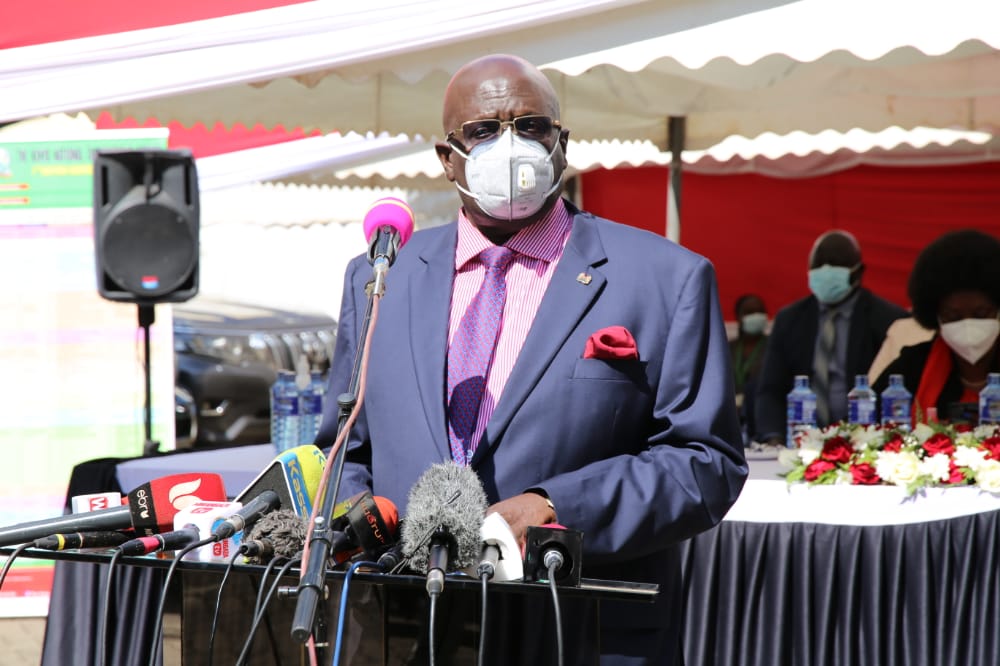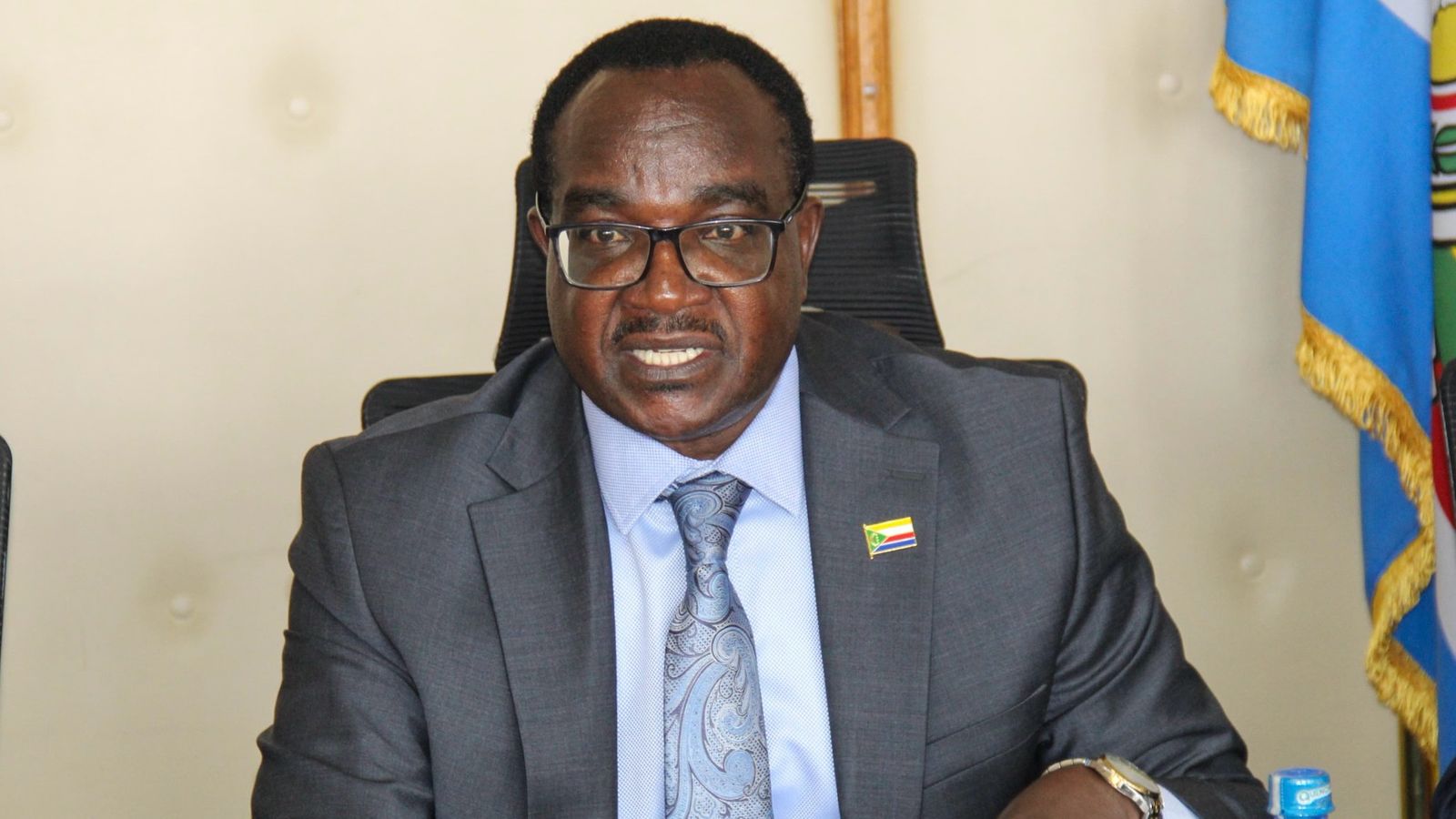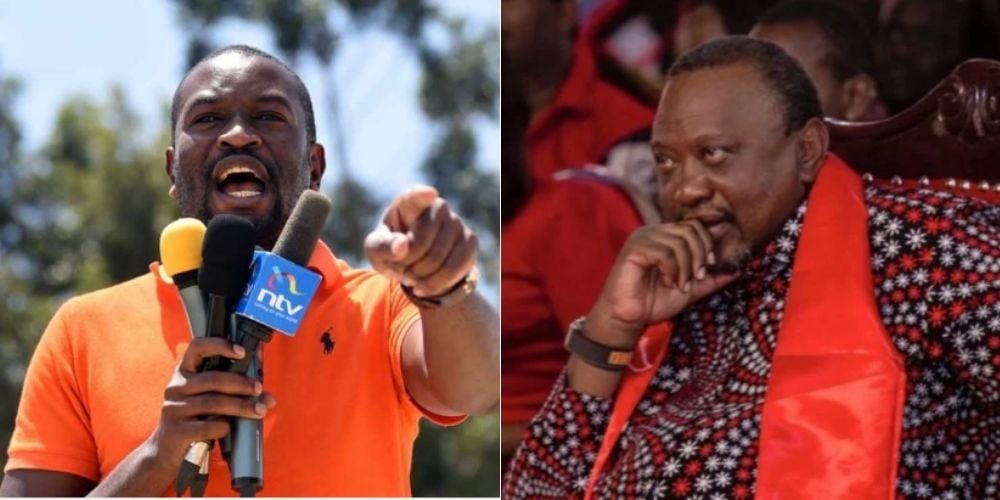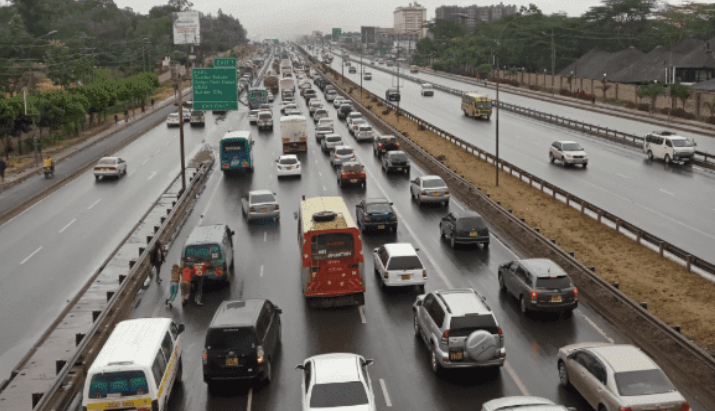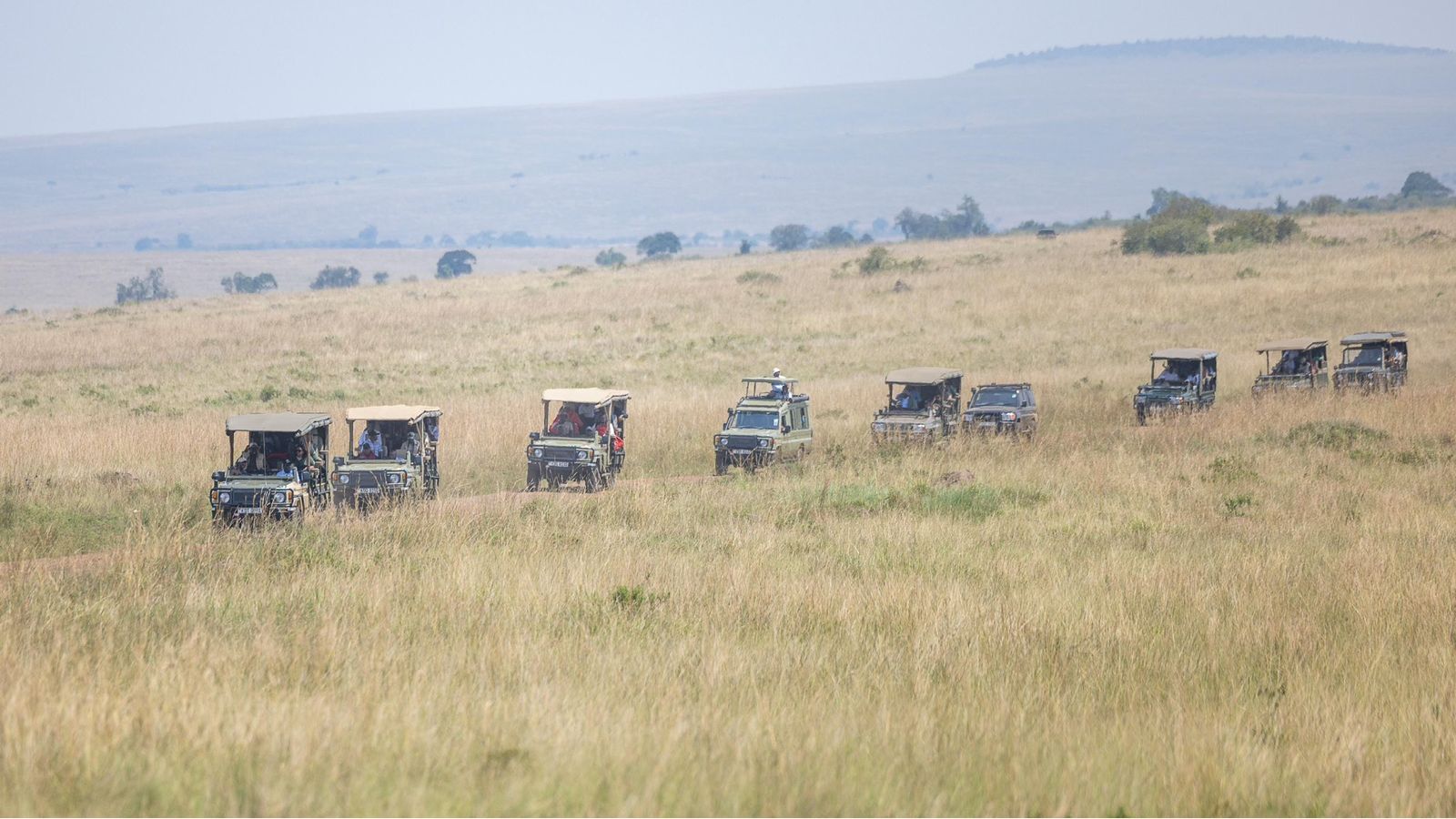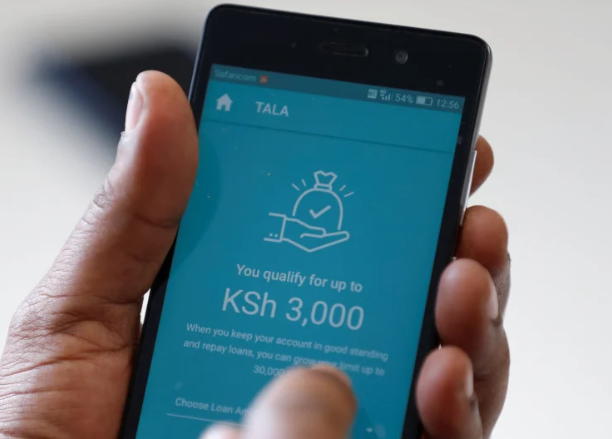It gives me great pleasure to join you today to release the results of the universities and colleges selection process, which the Kenya Universities and Colleges Central Placement Service, (KUCCPS) has just completed.
Compared with the selection process for the previous years, we have this year been more meticulous and patient. We introduced a new third round of revision targeting candidates who had not been selected during the first revision of their degree or college choices.
The additional selection exercise gave us an opportunity to ensure that we did not, under any circumstance, leave out any candidate who for whatever reason had failed to make a pick either during at the school level or during the first revision. Indeed, in doing this, we were cognisant of the difficult situation that some households have found themselves in trying to navigate the difficult terrain of COVID-19.
This thorough exercise would not have been possible without the amazing efforts of the KUCCPS Board, Management and staff who defied the challenging environment of COVID-19 to ensure a successful and clean selection of students who will be sponsored by government to universities and colleges.
The 2021/2022 placement process targeted the 2020 KCSE examination group for universities. For admission to TVET institutions, both the 2020 examination candidates and those from previous examination years dating back to 2000 were targeted.
Read More
Analysis of the 2020 KCSE Examination Results
Based on the data I released as I announced the 2020 KCSE results, there was a 7% increase in the number of Kenyan citizen candidates in the KCSE examination - from 688,927 in 2019 to 737,527 in 2020.
Further, 142,540 Kenyan citizen candidates qualified for degree programmes based on the 2020 KCSE Examination compared with 125,448 in 2019. This represented a 14% increase.
Additionally, there was a 33% increase in the number of students qualifying for diploma programmes from 146,193 in the 2019 KCSE Examination to 193,949 in the 2020 KCSE Examination.
Therefore, the year 2020 candidates, whose placement results we are releasing today, performed much better in KCSE Examination than those of the previous year. This made competition for slots in some courses much stiffer.
Course Selection at the Secondary School Level
The selection exercise for courses at colleges and universities usually begins at the school level. Teachers, especially those in charge of career departments, are usually expected to guide their candidates to ensure they prudently select degree, diploma, certificate and artisan programmes depending on their choices and academic abilities.
However, we have continued to observe low participation by schools in this process. Out of the 10,437 secondary schools that were registered examination centres in 2020, only 2,506 (24%) submitted their KCSE candidates’ choices. This is a bad indictment on our career teachers who must have failed to carry out their duty.
The Ministry has also noted reluctance in some regions where most KCSE candidates failed to apply for courses in TVET or universities. The most affected regions were Mandera, Garissa and Wajir counties.
This is against our Government’s policy of leaving no one behind in the education sector. We appeal to the leaders in the affected counties to encourage and mobilise their young people who have qualified for admission to universities and colleges to apply each year.
Further, we have continued to experience cases where candidates, perhaps for lack of proper guidance, end up selecting competitive courses in all the four expected slots. For instance, we have witnessed cases where a candidate selects a course in medicine in all the four options available.
What this means is that should the candidate fail to meet the minimum cluster points for the course, then he/she would have minimised chances of joining other competitive courses, which would also have been filled during the first selection. This ends up frustrating many candidates.
I direct KUCCPS to immediately roll out a campaign in all parts of the country to sensitise candidates, teachers and parents on the correct process of course selection to ensure candidates make the right choices.
University Placement
All the 70 public and private universities declared 167,046 vacancies to be taken up by candidates who qualified to be admitted for degree courses. Of the 142,540 candidates who qualified for degree programmes, 134,690 (95%) applied for courses of their choice and were placed, while 7,850 (5%) did not apply. Of those who applied, 128,073 (90%) were placed in degree programmes and 6,617 (5%) to TVET.
TVET Placement
Foremost, I am happy to note that candidates who qualify for university admission are increasingly embracing TVET courses despite having attained grades to join university. In the 2020 KCSE, 6,617 students who attained C+ and above chose TVET programmes and were placed, up from 2,632 in 2019.
The 2020 KCSE Candidates who qualified for degree but applied for TVET were:
A 1
A- 19
B+ 98
B 363
B- 1113
C+ 5023
The more than double increase is a welcome development that signals the changing attitude towards TVET. This is encouraging because the government has built and equipped TVET institutions in every county. This is to ensure that our youths access quality technical training and move the country towards achieving a 100 percent transition to tertiary education.
Now, let me turn to overall TVET numbers. Our public TVET institutions presented 308,339 slots for student placement. A total of 594,987 candidates of the 2020 examination were eligible for placement into Diploma, Certificate, Craft and Artisan courses. However, 137,072 applied for the available slots (44% of the capacity), and all of them have been placed. The placement to TVET was open to all, including those from previous years up to the year 2000.
This years’ placement to TVET institutions represented a 54.5% increase from 2019, when we placed 88,724. However, TVET enrolment still remains low despite the Government’s efforts.
In light of this, I direct KUCCPS to continue with the mobilisation and recruitment of students for placement to TVET institutions for the coming intakes in January and May, 2022. I also encourage school leavers who are yet to enrol in a college to take advantage of the remaining slots in TVET institutions.
The Government will be responsible for all the students who have been placed to our Universities and TVET colleges. In addition, all are eligible to apply for HELB loans and will be considered based on their level of need.
Affirmative Action
The Placement Service applied Affirmative Action criteria for gender, disability and applicants from marginalised regions. Affirmative action is intended to give youths from these special categories a chance to enrol in programmes that they would not otherwise pursue due to competition. A total of 2,225 applicants benefited from affirmative action consideration this year.
I am glad to note that KUCCPS has made arrangements for the placed students to check their placement status through their portals. Applicants will also be notified by SMS. In addition, universities and colleges can access the placement details through their respective portals.
To enable successful applicants to further align their courses, I am directing KUCCPS to conduct the Inter- Institution Transfer process online from September 1st to September 30th, 2021. I also direct the Heads of Institutions where the applicants have been placed, to promptly contact and issue them with admission letters.
Finally, I congratulate all the successful applicants and wish them success in the next phase of their education.
By Education CS George Magoha
